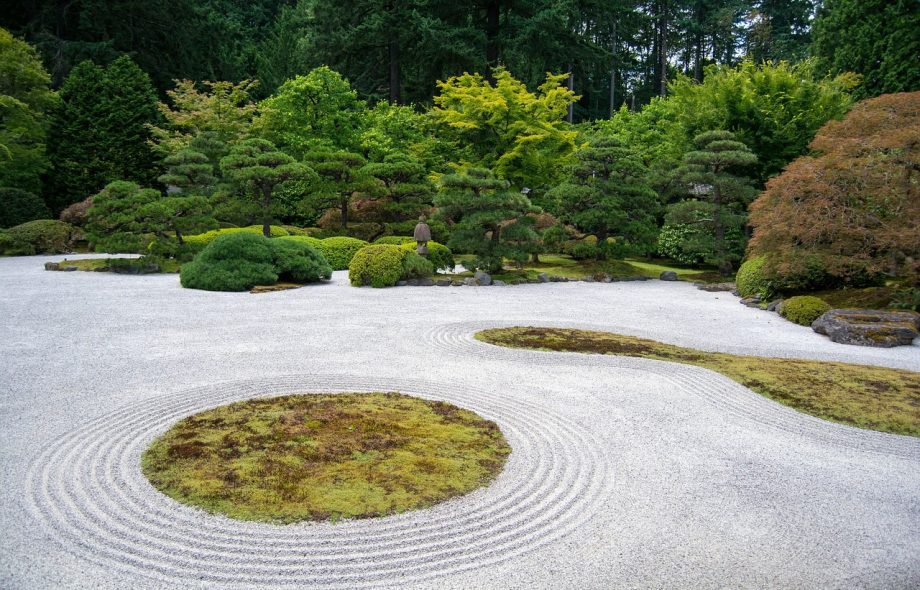When it comes to building a truly sustainable garden, horticulture plays a pivotal role. It’s not just about choosing plants that look good — it’s about understanding how each species functions within its environment, how it supports biodiversity, and how it interacts with soil, water, and sunlight. That’s where the principles of landscape horticulture come in, offering a science-backed approach to garden design that’s beautiful, functional, and eco-conscious.
Sustainable gardening begins with plant selection. A horticulturist’s knowledge of plant biology, seasonal cycles, and local climates ensures your garden isn’t just visually appealing but resilient as well. In regions like Adelaide, this often means incorporating drought-tolerant species, native plants, and vegetation that supports local pollinators. The right plants thrive naturally, reducing the need for excessive watering, chemical fertilisers, or pest control.
Beyond plant choice, horticulture is key to soil health. Many people overlook the fact that soil is a living ecosystem. Expert horticultural practices focus on nourishing the soil through organic matter, composting, and aeration — all of which help plants flourish without artificial inputs. A sustainable garden begins below the surface, and well-maintained soil supports water retention, root development, and long-term plant health.
Water management is another essential area where horticulture makes an impact. With Adelaide’s often dry conditions, strategic watering is crucial. Horticultural design may include drip irrigation systems, mulching, and rainwater harvesting — all designed to maximise efficiency. Grouping plants with similar water needs together is another technique that stems from horticultural understanding, preventing overuse and minimising waste.
Moreover, sustainable gardens are designed for longevity, and that means thinking beyond aesthetics. Horticultural design considers the growth habits and space requirements of plants to prevent overcrowding and reduce future maintenance. By planning for maturity, your garden avoids becoming unruly or dependent on constant intervention.
Another lesser-known benefit of horticultural expertise in garden design is its role in promoting biodiversity. A well-planned garden includes a mix of plants that flower at different times, attract beneficial insects, and provide food and shelter for birds and wildlife. This creates a healthy, self-regulating mini-ecosystem in your backyard, reducing the need for synthetic solutions.
Incorporating horticultural practices also enhances your outdoor space’s year-round appeal. From vibrant seasonal blooms to hardy evergreens and productive vegetable patches, a horticulturally-designed garden can offer something new to appreciate in every season — all while being mindful of the environment.
In the end, sustainable gardens aren’t just good for the planet — they’re easier to maintain, cost-effective, and better for your well-being. When you work with a landscape designer who has a strong horticultural background, you’re investing in a garden that’s designed to thrive in harmony with nature.
Whether you’re starting from scratch or looking to revive your existing garden, integrating horticultural principles is the best way to create a space that grows with you.
 :
https://au.pinterest.com/pin/1140607043130960321
:
https://au.pinterest.com/pin/1140607043130960321

